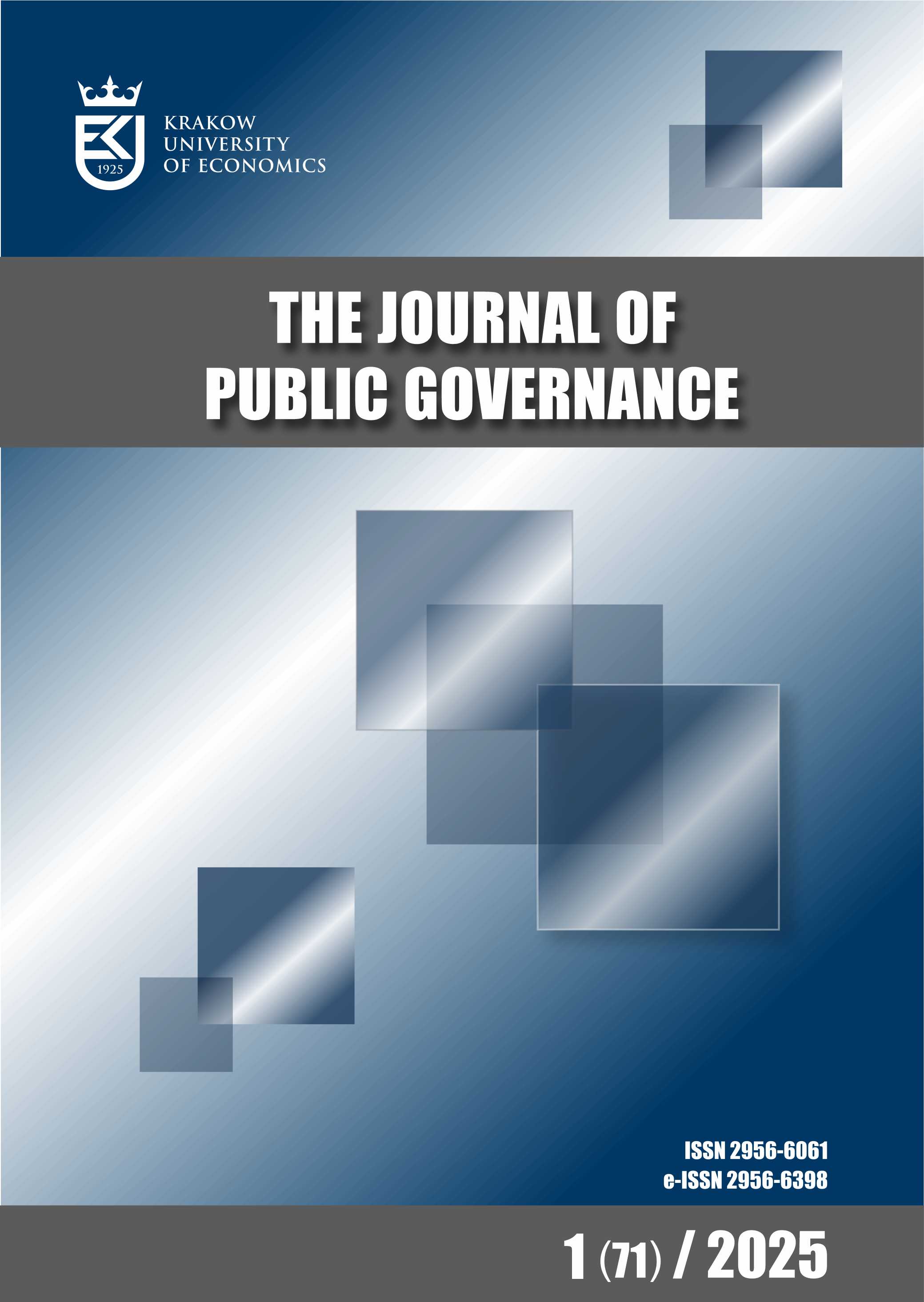Economy and management of land use and landscape: In search of a decision model
DOI:
https://doi.org/10.15678/ZP.2016.37.3.04Keywords:
spatial management, sustainable development, decision model, analysis of costs and benefitsAbstract
The paper discusses the use of the balance of costs and benefits to evaluate the management of space/landscape. If we recognize space as a key development factor (resource) that makes it possible to derive benefits (fulfil needs) while generating costs, we have to agree that the success or failure of actions in the economic, social and environmental dimension is determined by the balance of costs and benefits, including the possibility to use space effectively while preserving its selected characteristics. In order to calculate this balance, an accurate formulation of the problem is required: from the definition of economy, space and landscape to the analytical and decision-making model. Particularly the conclusion of the paper emphasizes the role of spatial planning in the management of economy and spatial order, including landscape.



